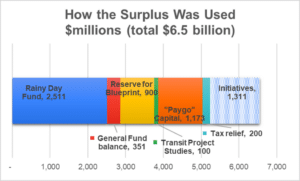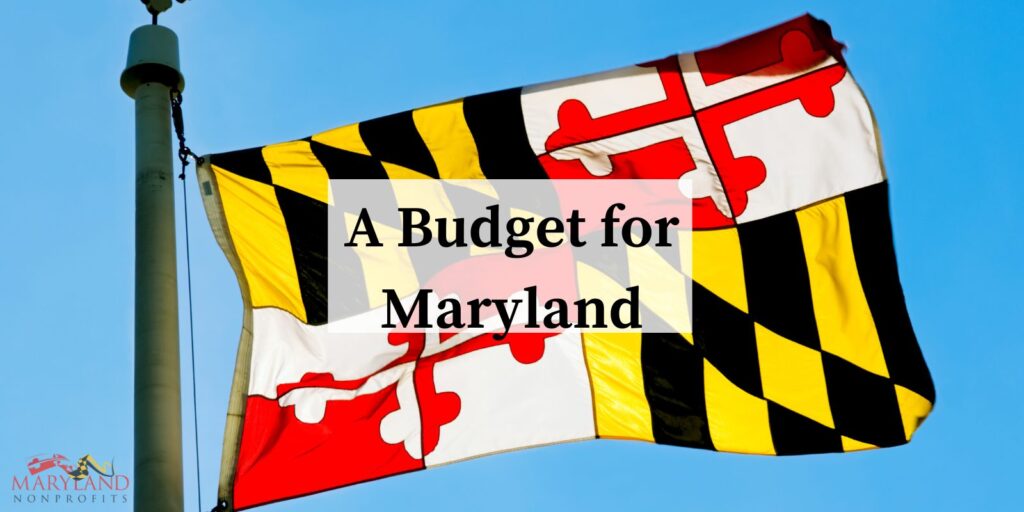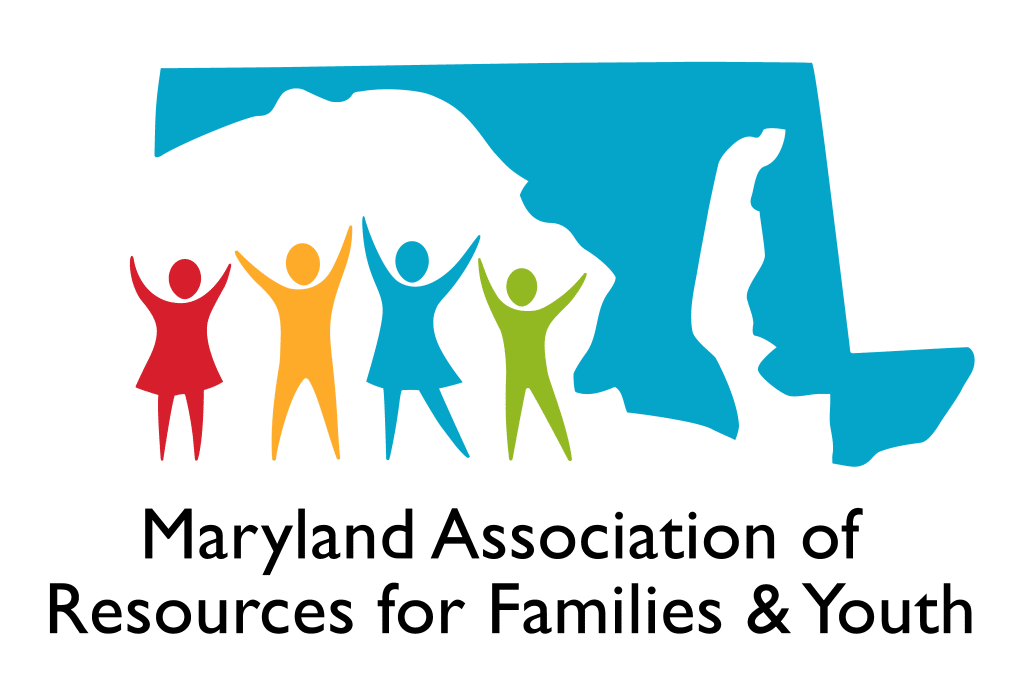The Maryland General Assembly enacted a balanced budget for the state government on the constitutional target date of April 3.
The budget totals $63.1 Billion. The total actually is $933 million under this year’s amount. That reduction is mostly due to the large amount of Covid-related federal aid last year.
The budget communicates priorities: education and fiscal responsibility
We often say that the budget is not just a financial document – it is a statement of priorities. The priorities in this budget are clearly public education and fiscal responsibility.
Prioritizing Education
Education (including primary, secondary, and higher education) comprises over one-third of the state’s total operating expenses. Funding for public schools increases by $660 million – a 9% increase. In addition, the budget reserves $900 million for future costs of the “Blueprint for Maryland’s Future,” the legislation which implements the recommendations of the Kirwan Commission on education funding.
Prudent Use of the Surplus
The Budget process started with a seven-billion-dollar surplus. A revision to revenue estimates last month reduced that to six and a half billion. That’s still very large by historic standards.
Most of the surplus is “non-recurring” revenue. That is, it’s money left over from the unusual conditions last year and the year before, and it’s not likely to be repeated every year in the future. Budgeters do not like to use non-recurring revenue for ongoing expenses. If you did that, then you would build a shortfall into your spending plan for the next year. You would still have the expense, but you would have used up the extra revenue.
In the enacted budget, eighty percent of that surplus is reserved for use in future years, or expended for one-time capital projects. These uses help to keep ongoing expenses within projected ongoing revenues.

The remaining $1.3 billion of surplus was used for initiatives such as employee compensation enhancements, human services provider rate increases, and cyber-security improvements.
Nonprofit Budget Priorities
There are several specific “wins” for budget items that nonprofit advocates supported. For example:
- Extensions to the state Earned Income and Childcare tax credits.
- Significantly increased reimbursement rates for human services providers: 3 to 4% in July plus another 8% in January.
- Funding for literally dozens of nonprofit programs. For example, $500,000 to Adoptions Together for their Family Find program, and $100,000 to Pro Bono counseling for their “Warm Line” program.
Disappointments
With a large projected surplus and an even larger list of unmet needs for community services, there were also some serious disappointments. Two major examples:
- Housing advocates (and local governments) lobbied for $175 million in Emergency Rental Assistance to address a looming eviction crisis statewide. The budget provides only $2 million. The inevitable wave of evictions will disproportionately affect families with children and disadvantaged communities.
- Maryland Nonprofits and over 800 co-signers of our sign-on letter, wanted to initiate a $100 million Nonprofit Sustainability Fund to provide general operating assistance to small and mid-sized, community-based nonprofits. Though the legislation was introduced and considered, it did not advance in the legislature and the program received no funding.
What About That “New Budget Process?”
This year, For the first time, the legislature had the power to add or increase items in the Governor’s proposed budget. They did add over a billion dollars. The largest legislative addition was the $400 million increase in the reserve for the “Blueprint” education fund. Other additions included:
- Increases to core government operations that the legislature thinks were underfunded, such as the “529” college saving program, the Board of Nursing, Emergency Medical Services Systems, legal services, the Attorney General, Department of Labor, and the Comptroller’s Department.
- An array of legislative “priorities,” including funding for many nonprofit programs.
- And $385 million in capital projects to be funded from surplus general funds (“Paygo”).
The state constitution does not allow the legislature to increase the total amount of the budget. These increases were offset by cuts which reduced reserves proposed by the Governor, delayed the effective dates of some employee compensation and provider rate increases, and used different projections to reduce the estimated costs of Medicaid and the filling of vacant state positions.
What’s next?
Now the budget committees will finalize their capital budget for building projects and other capital expenses funded by state bonds. This will include another long list of capital grants for nonprofits (“Legislative Bond Initiatives” or, colloquially, “Bond Bills”).
Maryland has always passed its budget on time (or at worst, within a few days of the target date). Of course, that is not the case for the federal government or for quite a few of the other states.
The state’s next fiscal year will begin July 1.
At around that time, the next budget cycle – for fiscal year 2025 – will commence. State agencies will be receiving their budget instructions and budget targets for the next year.
So, this Spring and Summer will be a good time for nonprofit budget advocates to begin their budget advocacy efforts for the 2024 session.





